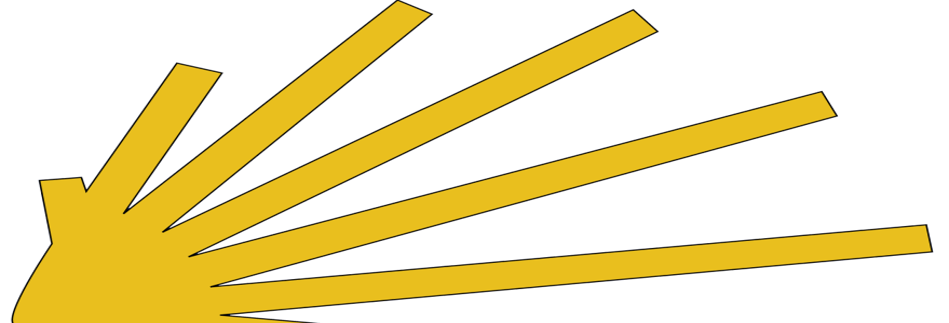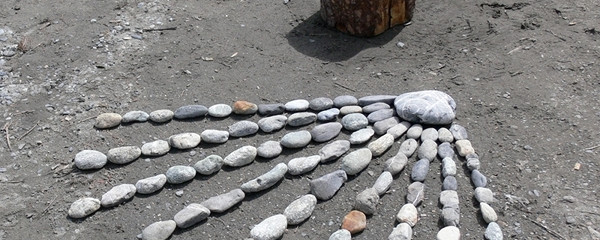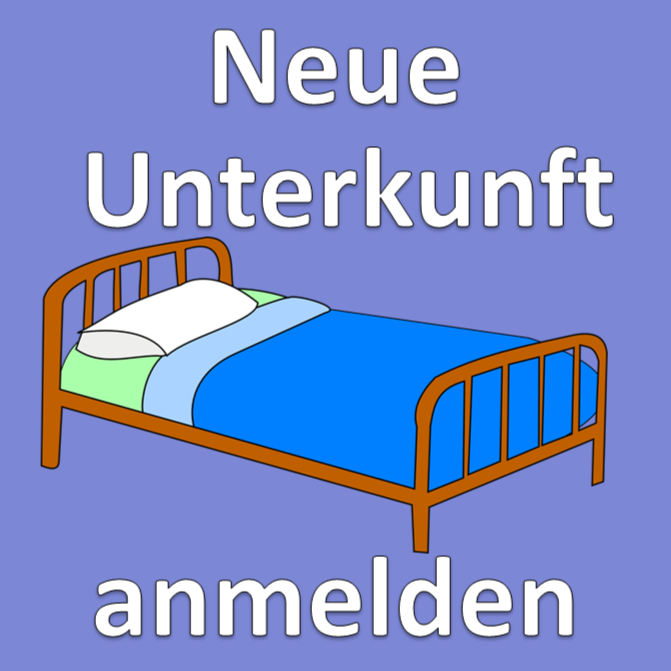Navigation


The Lukmanier is easily accessible both by road and on foot, as it continuously rises with a moderate gradient from the north. The pass height is also the border between the cantons of Graubünden and Ticino. So, if someone speaks of the "Lukmanier Pass," it might be a German-speaking Graubünden resident; if someone says "Passo del Lucomagno," then it might be a Ticinese. But if someone says "Cuolm Lucmagn," it is almost certainly a Romansh-speaking Graubünden resident, as this fourth national language of Switzerland is now mostly spoken only in Graubünden, with a declining trend.
Anmerkungen
The "Via Francisca" is also called the "Emperors' Road." It leads from Konstanz over the Lukmanier to Pavia, where it meets the Via Francigena.
Tipp des Autors
The stages in this documentation are suggestions that each pilgrim can adapt to their wishes. However, the technical data always assumes that these stages are completed in one day each.
Orte entlang des Weges
Disentis - Raveras - Rein Anteriur - Mumpé Medel - Plaun Tiatscha - Vergera - Val Mutschnengia - Pali - Matergia - Acletta - Durschei - Rein da Medel - Pardatsch Dado - Pardatsch Dadens - Sogn Gions - Pardiala - La Puzzetta - Lai da Sogna-Maria - Scopi - Löita de Scopi - Passo del Lucomagno





